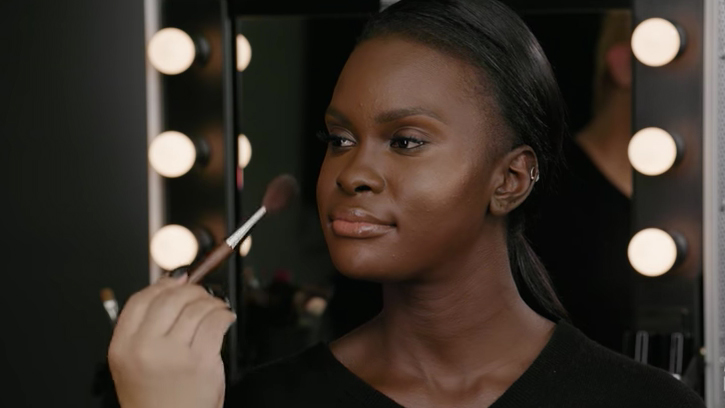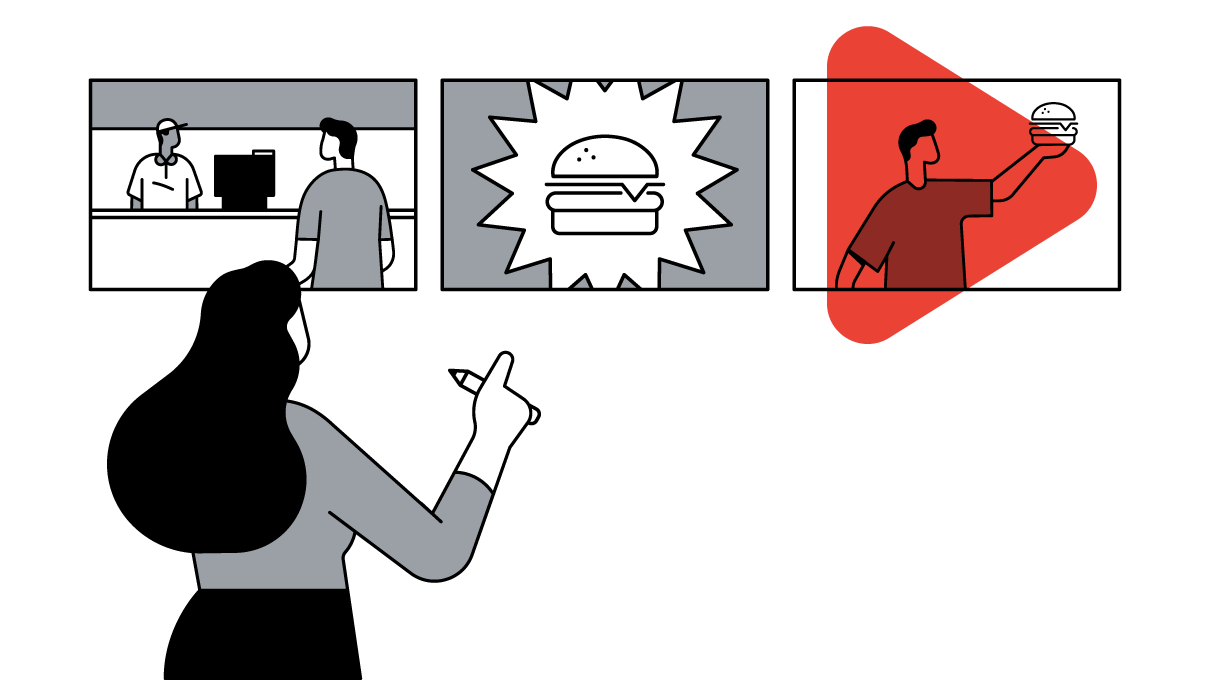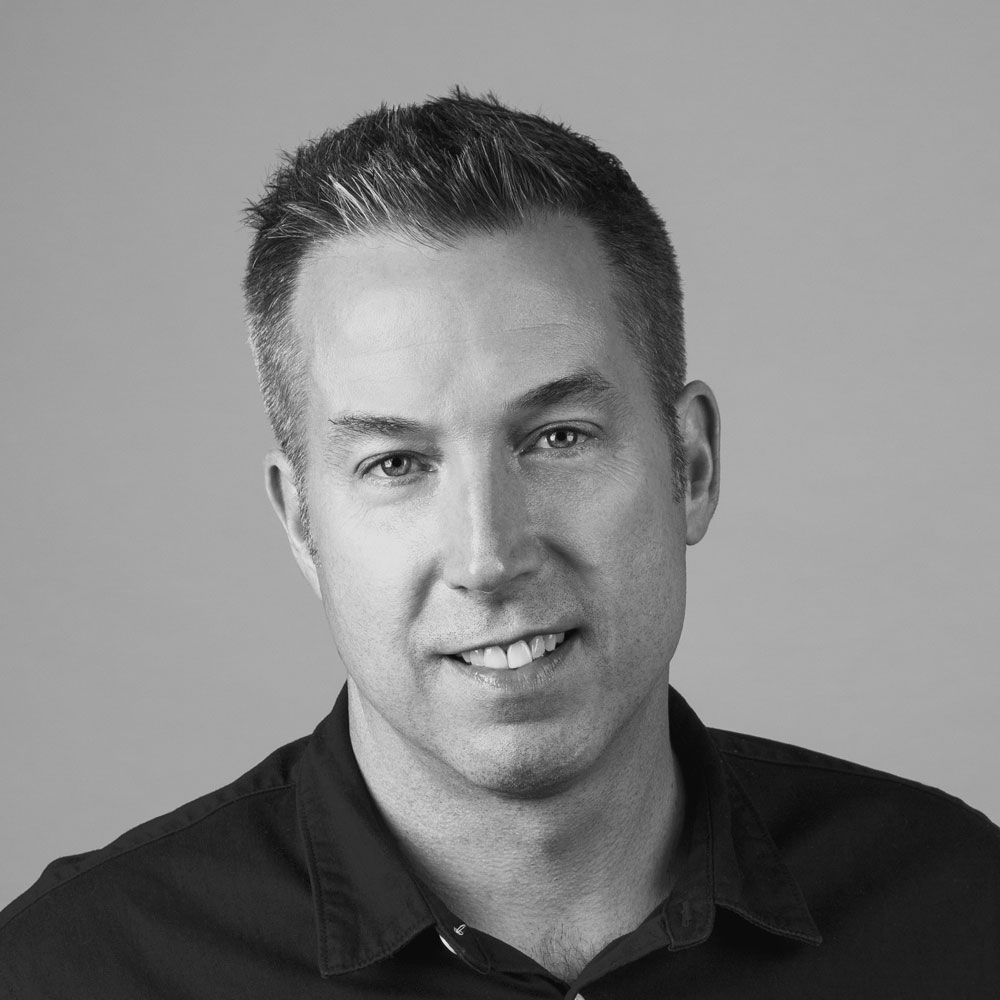Rob Lenois, deputy chief creative officer at Grey New York, attended Sundance this year with low expectations. But what he learned there has stayed with him beyond the festival.
Even for someone like me who’s worked in creative fields for a long time, I arrived at my first Sundance Film Festival with some skepticism. Our industry talks about “brand storytelling” like it’s the solution to every problem. And to be honest, I wasn’t excited about the prospect of four days discussing an overused buzzword.
But the experience of building six-second films for Sundance and the incredible inspiration from storytellers of all backgrounds actually re-opened my mind to the role of story, and what’s required to craft a good one. Looking back, I understand why Sundance is an industry petri dish for creative experimentation, new storytelling technologies, and conversations with creative minds.
Today, bravery isn’t optional. It’s the price of entry for brands as people’s expectations rise and attention becomes harder to capture.
On a more personal level, I’m left with the conviction that as marketers, we only stay culturally relevant through creative bravery. Today, bravery isn’t optional. It’s the price of entry for brands as people’s expectations rise and attention becomes harder to capture.
Bravery is the only path to attention
Big studios and Hollywood elites used to decide which stories were shared with the general public. Today, festivals like Sundance welcome outsiders and independent voices, celebrating the brave evolution and democratization of creative storytelling. It’s how a feature-length film starring George Clooney can stand next to indie films, new technologies, web series, and even six-second ads, all within one festival.
I was treated to an intimate portrait of a great artist in Robin Williams: Come Inside My Mind, and witnessed the next wave of riveting storytelling at the premier of the six-second YouTube stories that reimagined classic fairy tales. I experienced immersive AR, VR, and AI stories, and was lucky to join an incredibly inspirational dinner hosted by Benjamin, the first AI screenwriter. Everything at the dinner was AI-generated, from the menus to the music, to a spontaneous live theatrical performance. It was beautifully choreographed and the dinner guests came away with a fresh perspective along with new questions about what’s possible.
As creatives, we’re often jealous of what seems like the blank canvas—or seemingly blank-check budget—of Oscar-winning films or best-selling authors. But ... constraints force a braver kind of storytelling.
I learned that Sundance is no ordinary arena for creativity, and the conversations it sparks are vital for our industry. Today, with the entire internet just a click away, our audiences care less about where content comes from, and more about whether it’s good and makes them feel something.
From smartphones and computers to smart TVs and VR headsets, people can experience stories anytime, anywhere, and with anyone they choose. This proliferation of content entry points and 24/7 access means the power to define what’s really worth watching has shifted completely to the audience. This represents an incredible opportunity to explore themes that capture the human condition and connect with our audiences in new ways.
When the audience is in charge, experimentation is key and bravery is the only path.
Bravery thrives with fresh constraints
The best storytelling is born of extremes—the human stories that come from the edges. Creative extremes can be anything: a shoestring budget, difficult talent, a harrowing story, or a seemingly impossible format limitation.
Take the short documentary film Zion by Floyd Russ, a powerful portrait of young wrestler Zion Clark who was born without legs. While I can’t quote dollars, I’m pretty sure it was told for less than the price of a typical 15-second commercial.
As creatives, we’re often jealous of what seems like the blank canvas—or seemingly blank-check budget—of Oscar-winning films or best-selling authors. But at Sundance, I was reminded that constraints force a braver kind of storytelling. It takes courage and creativity to make the impossible possible. Constraints come with the need to make choices.
Take the constraint of time. Relevant example: How might we tell a universally beloved storybook tale, like Little Red Riding Hood, in six seconds? A seemingly impossible creative task. But by letting go of the linear storytelling that follows “beginning, middle, end,” we can open a new world of possibilities.
When we as creatives are brave enough to view these familiar themes through the lens of contemporary events and societal constructs, we can inspire modern stories to connect with contemporary audiences, just like the originals. So Little Red Riding Hood, for example, can be transformed into a feminist hero who turns the tables on the big bad wolf—in only six seconds.
Bravery builds communities
Stories that draw inspiration from social and cultural context to find a common ground with a brand’s ethos have always been the most likely to succeed.
Today, brands can draw on the global, vibrant creative community like never before, thanks to platforms like YouTube—the biggest reflecting pool of culture that’s ever existed. YouTube gives people literally millions of videos to watch, so people can indulge more deeply in their real passions. And these communities don’t just sit back and watch, they participate.
There’s real bravery in turning over the keys and inviting your audience to be part of the story. At Sundance this year, I found myself thinking back to this type of collaboration we did with Canon's Project Imagination—the first photo contest in history to inspire a Hollywood film. “When You Find Me” was directed by Oscar-winning director Ron Howard and went on to be shortlisted for an Academy Award.
It's proof that these days, you don’t need to be a film professional to make a movie. We’re all creative, and anyone can sit in the director’s chair. Rather than broadcasting, we can build—adding to existing conversations among engaged communities eager for what we're dishing out.
Bravery is the price of entry for those looking to make a real connection with audiences
Now it’s our turn to be brave. What can you do starting right now, or next week, or tomorrow to capitalize on true creative opportunities? What will characterize the leaders and storytellers of tomorrow?
Smart money is on bravery.







